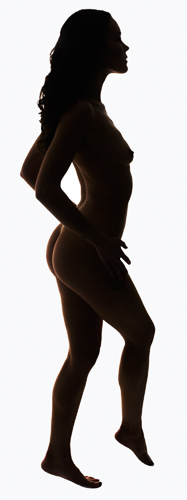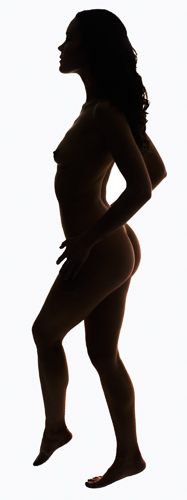
Scott Clifton Photography


Scott Clifton Photography

Before you can decide how to light your subject, you’ll have to decide what the subject is! If you are photographing a person is it only the person you interested in or do you want to photo them “in context” (in their place of work for example).
Having decided on the subject you can check whether there is adequate light falling on it. You can do this with one or more test shots or with a light meter.
Before we go any further we need to distinguish between soft light and low light. Low light is simply weak light and has little to commend it from a photographer’s perspective. Soft light is light that creates gentle transitions from lit areas to shadows, whereas harsh light has abrupt transitions. Usually, a photographer will want soft light. Soft light is created by a light source that appears to be big from the perspective of the subject. For example, although the sun is big in absolute terms (very big!!), from the surface of the surface of the Earth it appears to be quite small. That’s why portraits taken on a sunny day have bright spots, very deep shadows, and sharp edges between them.
If however the light source is big compared to a face (say a 1 metre wide light only half a meter away) then the light to dark transitions are much gentler. This video shows this well. It’s quite long so watch as much as you want.
The easiest way to light a subject that is in-doors is natural light from a window or open door. It’s naturally soft and flattering because of its size. If you want gently erotic bedroom images shooting near a window is a great option!
If there’s not enough natural light you’re going to have to use some form of artificial light: flash or continuous light. Flash has traditionally been used for still images because the light output has only to be sustained for a very brief period, reducing power demands and equipment cost. Nowadays LED lighting is becoming more affordable. With continuous lighting it easier to see how the light falls on the subject without the need for test shots.
If you intend to use your mobile phone and flash you may be fortunate enough to have one with a built-in flash. See this video.
If not, you’re going to have to spend a significant amount of money and buy, say, a digital SLR or a mid-range mirrorless camera. There’s a good market place in second hand camera gear from reputable dealers.
If you do have a mobile phone with a built-in flash you can use that, but these tend to be rather low powered. More seriously they generally produce very flat and boring images. It’s far better to use a flash that’s off to the side of the camera and the subject. Pretty well any speed light (flash unit) you buy (for under £100) these days can be triggered optically, so set your camera flash to a low level and let this trigger your main flash
See this video.
If you’re using a dedicated camera with a built in flash you can use the same trick of optical triggering an off-camera flash or buy a cheap radio trigger. I find that this is more reliable.
Whilst indoor natural light tends to be soft, flash light is hard as the output is from a small area. So light “modifiers” of various types can be used. See this video.